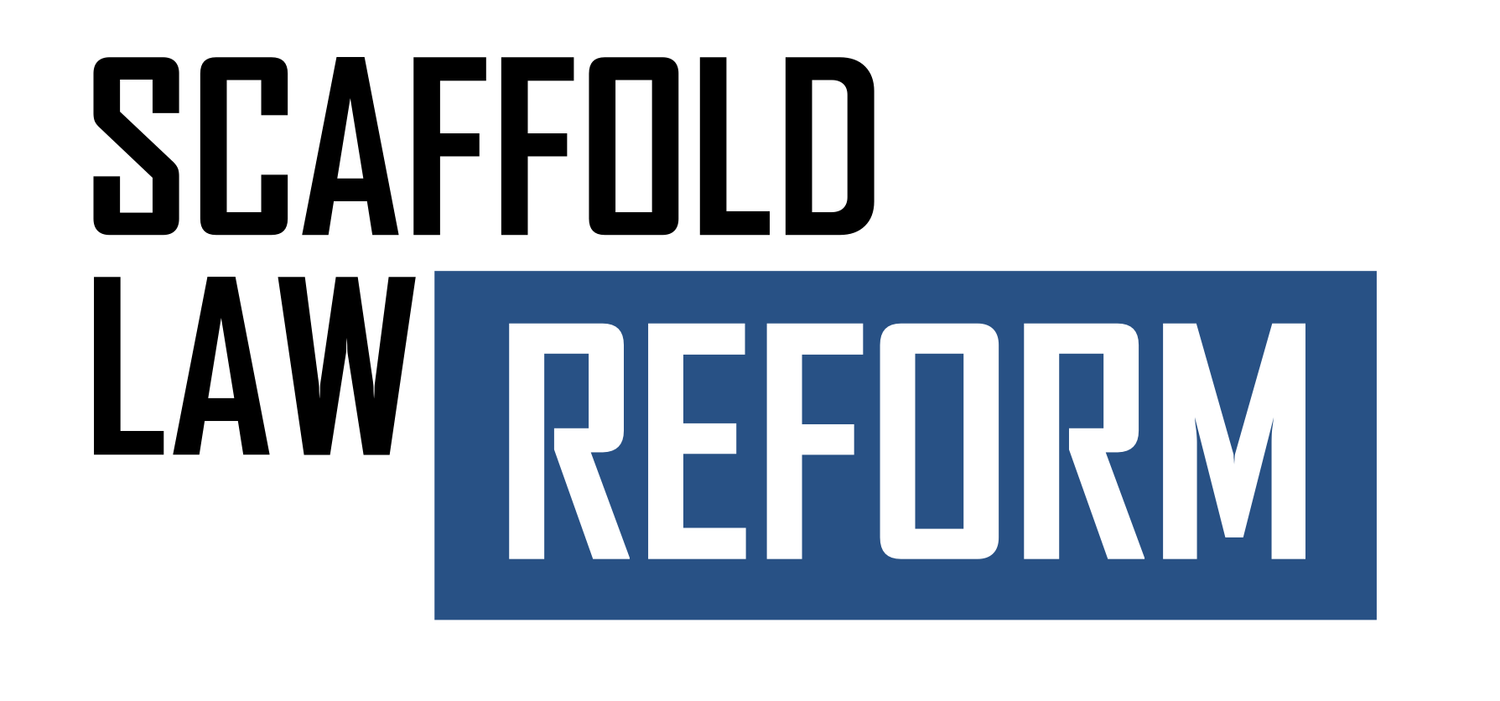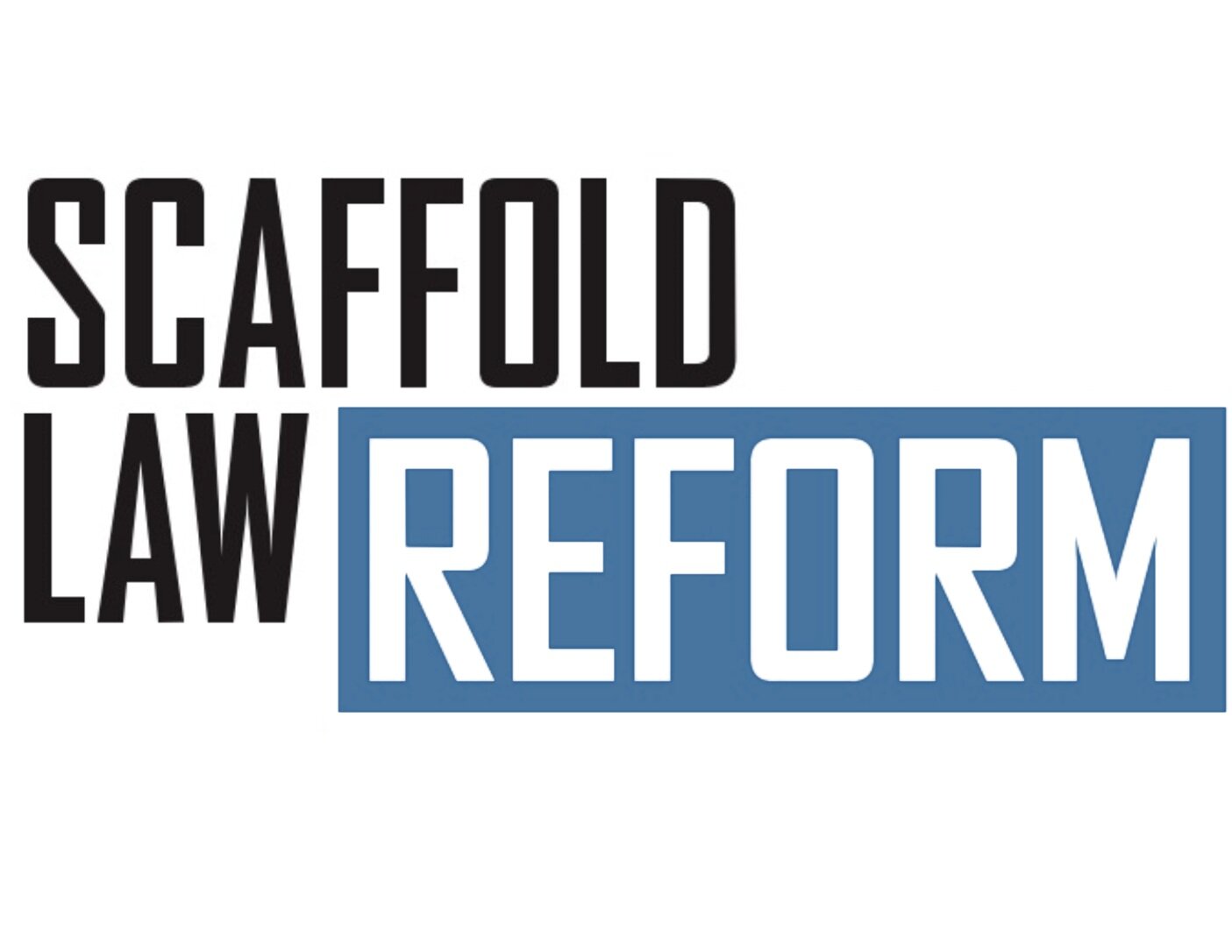Build more construction jobs for Black N.Y.ers
By: Lou Colletti
Black History Month is a good time to assess efforts of an industry that has fueled the growth of New York City’s middle class — especially in an economy that has experienced a significant loss of blue-collar manufacturing jobs.
Government has always been supportive of efforts to grow the number of minority and/or women-owned (M/WBE) construction companies. However, a deep dive into this success shows there is still work to do — especially in the Black community.
The future will hinge on the removal of several stumbling blocks.
First, the cost and complexity of liability insurance can kill a business before the idea leaves a new owner’s kitchen table. New York City has the highest insurance costs in the nation because of Section 240 of the New York Labor Law, also known as “the Scaffolding Law,” which protects the rights of construction workers who suffer a fall or are struck by a falling object.
The result has given rise to all manner of safety precautions, from sidewalk sheds for pedestrians to harnesses, ladders and more. In the event of an injury, an attorney can examine the situation and determine if it is covered under Section 240.
The unintended consequence of this law is the highest insurance rates in the nation which needlessly increases the overall cost of construction. As a result, M/WBE contractors either cannot afford or cannot obtain the insurance they need to compete in the construction industry.
Second, the ability to get bonding and financing is equally daunting. Most M/WBE firms are young and lack the track record bonding companies require to take them on as a risk. It’s a chicken-and-egg scenario — you can’t get the bonding without the experience but can’t get the experience without the bonding — and so more experienced firms need to find ways help younger companies overcome this hurdle.
Third, with the slowdown in residential and commercial projects, most of New York’s construction work completed over the next several years will be in the public sector: airports and transportation, schools and hospitals, jails and other city and state projects that will run in the billions of dollars.
These jobs each present enormous opportunities for firms of all sizes. Most, if not all, of these projects will have Project Labor Agreement provisions in place, which are collective bargaining agreements that establish the terms and conditions of employment for a specific construction project. In short, they ensure union work.
But minority, especially Black firms, are reluctant to compete for these projects because they operate their companies in a non-union environment and are unfamiliar with the provisions of a Project Labor Agreement which requires, at best, a mix of union and non-union workers.
A recent study, Construction Outlook Update: Workforce Snapshot by the New York Building Congress, shows that only 11% of construction workers in New York City are Black, while 45% are Hispanic and 34% are white.
Recently, Mayor Adams spearheaded an effort to get a New York State law adopted that will require publicly funded projects to hire local residents below the federal poverty level. As part of his Office of Community Hiring, he has empowered his administration to identify promising talent and provide employment and apprenticeship opportunities. Once fully implemented, the city claims it will create 36,000 jobs annually.
Critical to the continued success of this initiative will be the ability of the city to coordinate recruitment with union apprenticeship programs which are required by the legislation. To be eligible for enrollment, individuals must have a high school degree or a General Education Diploma (GED).
The city needs to coordinate the millions of dollars it provides to local community organizations to ensure they will provide GED training so they can be referred to the apprenticeship program of their choice. Completing this program automatically places these graduates at the top of the list for admission into apprentice programs when openings occur — much like going to the top of a civil service list for city employees.
From 2001 to 2022, more than 800 adults completed this training: 58% have been Black, 29% have been Hispanic/Latino, 10% white and 3% Asian. They came from all boroughs: 29% from Brooklyn, 29% from Queens, 23% from the Bronx, 11% from Staten Island and 8% from Manhattan.
That is the formula of success in creating good jobs for Black New Yorkers as well as other minorities and women.
We should be proud of the progress made for Black and other minority companies in creating new business and employment opportunities. But let’s recognize there is much more that needs to be done. The time to do it is now.
Coletti, the former CEO of the Building Trades Employers’ Association, is a senior adviser at the law firm of Davidoff Hutcher & Citron LLP.

